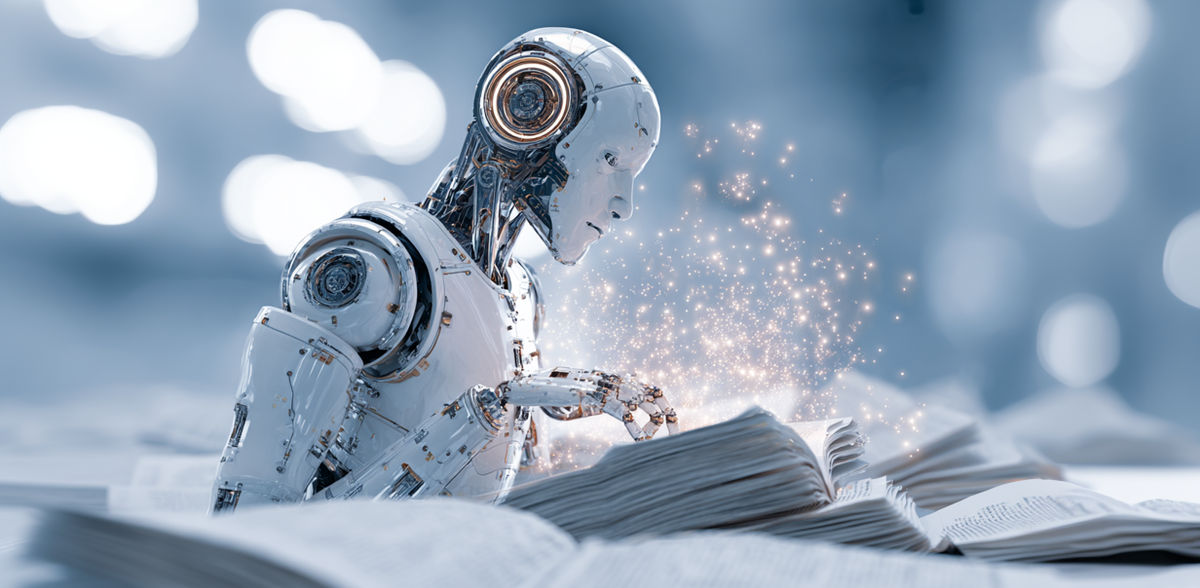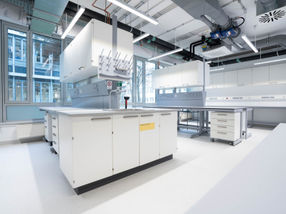Material substitution: artificial intelligence helps in the search for alternatives
Intelligent system searches scientific publications for substitutes for critical raw materials, e.g. in batteries
Advertisement
Lack of security of supply, excessively high prices, technical optimization, bans: There are many reasons why companies have to replace individual raw materials or materials with others. The search for alternatives is time-consuming and often ends in failure. A research team from Fraunhofer IPA has now developed an AI-supported tool for material substitution.
Cobalt is used in lithium-ion batteries for electric vehicles and therefore plays an important role in the energy transition. However, the silver-grey metal is a critical raw material for several reasons: Cobalt is rare. It makes up just 0.004 percent of the earth's crust. The world's known cobalt reserves are estimated at 7.2 million tons. More than half of these, around four million tons, are located on the territory of the Democratic Republic of the Congo. Working conditions in the mines of this unstable Central African country are often poor and the environmental damage caused by ore mining is extensive.
Whether it is a lack of security of supply, excessively high prices on the world market, ethical concerns, bans or product innovations with better material properties: There are many reasons for companies to look for alternative materials. "There are databases that product developers can use for research. However, they often don't provide any useful results because they don't take into account the exact use case in the company," says Charlotte Schmidt from the Sustainability and Material Compliance Management research team at the Fraunhofer Institute for Manufacturing Engineering and Automation IPA.
AI is used to sift through scientific publications
To make the search easier and achieve more suitable results, Schmidt and two colleagues have developed an AI-supported tool for material substitution. Using an input mask, users first have to enter specific details about the material or raw material they want to replace and then specify the required properties of the alternative material as well as information about the context of the desired material use. This is followed by an AI search that searches the "Semantic Scholar" database based on the specific data and user requirements. By comparing the user input with the information available in the database, the AI identifies suitable alternative materials.
The AI connection for material substitution is just one of several components with which the researchers support companies in their search for alternative raw materials, materials or chemical substances. After the AI has completed its task, it subjects the proposed substitutes and the source materials to a comprehensive evaluation, taking into account legal, ecological and social aspects as well as security of supply. In close cooperation with the respective company, the scientists then check how exactly the proposed materials meet the specific requirements. A report is produced at the end of the process. This presents the most suitable substitutes and the assessment of the various criteria. The scientists thus provide companies with a sound basis for decision-making.
Initial tests show: AI connection is promising
One of the alternatives to cobalt suggested by the AI-supported material substitution tool is iron. "It is not a new discovery that lithium iron phosphate can be used for battery cathodes instead of lithium nickel manganese cobalt oxide," says Schmidt. "But this and other results have shown us that the AI connection is promising in the search for alternative materials."
The AI-supported material substitution tool was developed as part of the "Ultra-Efficiency Factory - Deep Dive" research project, which was launched in April 2024 and will run until the end of August 2025. The research project is supported by the Baden-Württemberg Ministry for the Environment, Climate Protection and the Energy Sector with a total of 1.4 million euros. In addition to Fraunhofer IPA, the project partners are Fraunhofer IAO, Centrum für Digitalisierung, Führung und Nachhaltigkeit Schwarzwald gGmbH (Campus-Schwarzwald), Umwelttechnik BW GmbH, Alpirsbacher Klosterbräu Glauner GmbH, Ansmann AG and Protektorwerk Florenz Maisch GmbH & Co. KG as well as ZECHA Hartmetall-Werkzeugfabrikation GmbH as an associated partner.
Note: This article has been translated using a computer system without human intervention. LUMITOS offers these automatic translations to present a wider range of current news. Since this article has been translated with automatic translation, it is possible that it contains errors in vocabulary, syntax or grammar. The original article in German can be found here.
Other news from the department science
Most read news
More news from our other portals
See the theme worlds for related content
Topic World Battery Technology
The topic world Battery Technology combines relevant knowledge in a unique way. Here you will find everything about suppliers and their products, webinars, white papers, catalogs and brochures.

Topic World Battery Technology
The topic world Battery Technology combines relevant knowledge in a unique way. Here you will find everything about suppliers and their products, webinars, white papers, catalogs and brochures.

























































